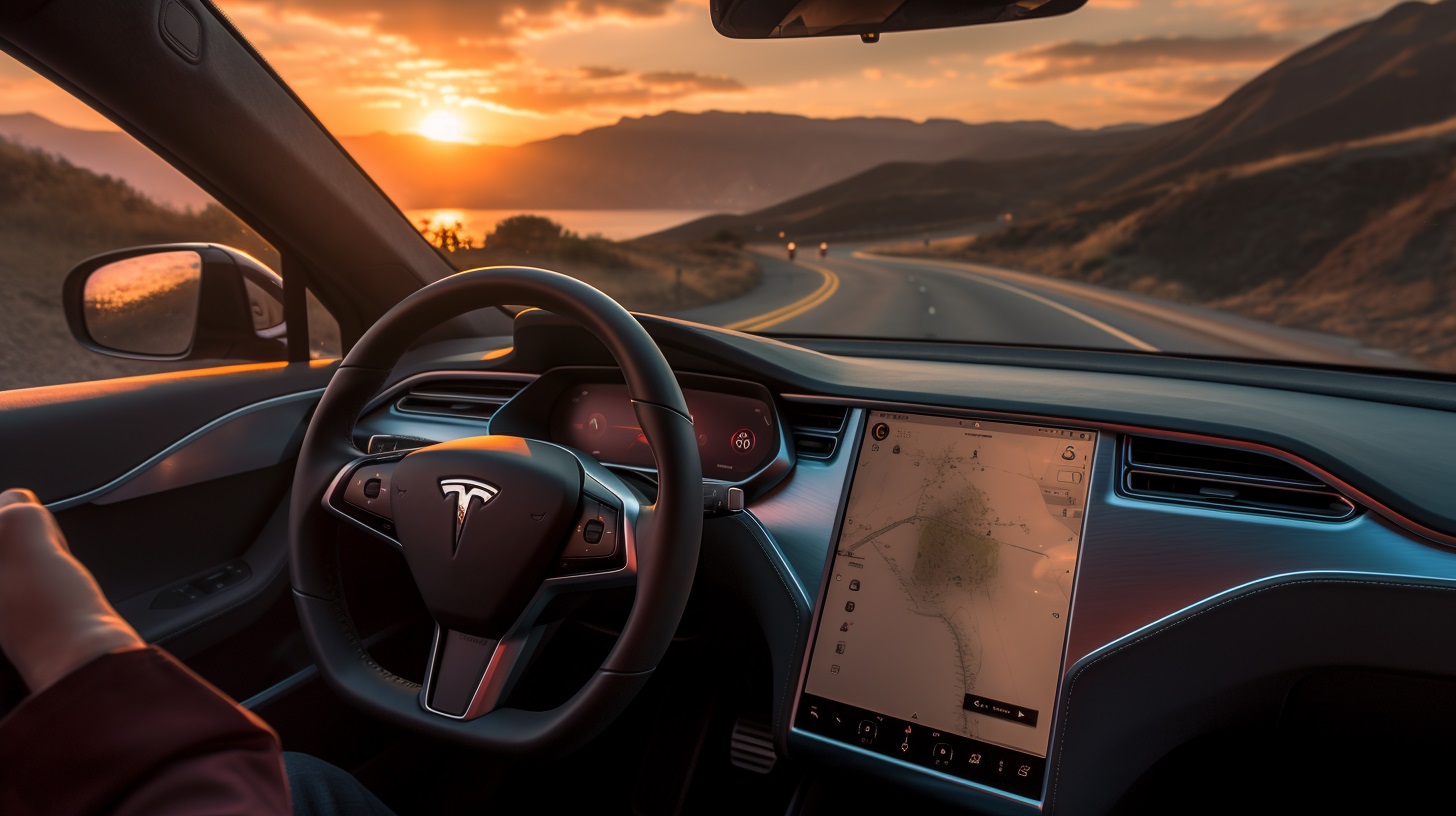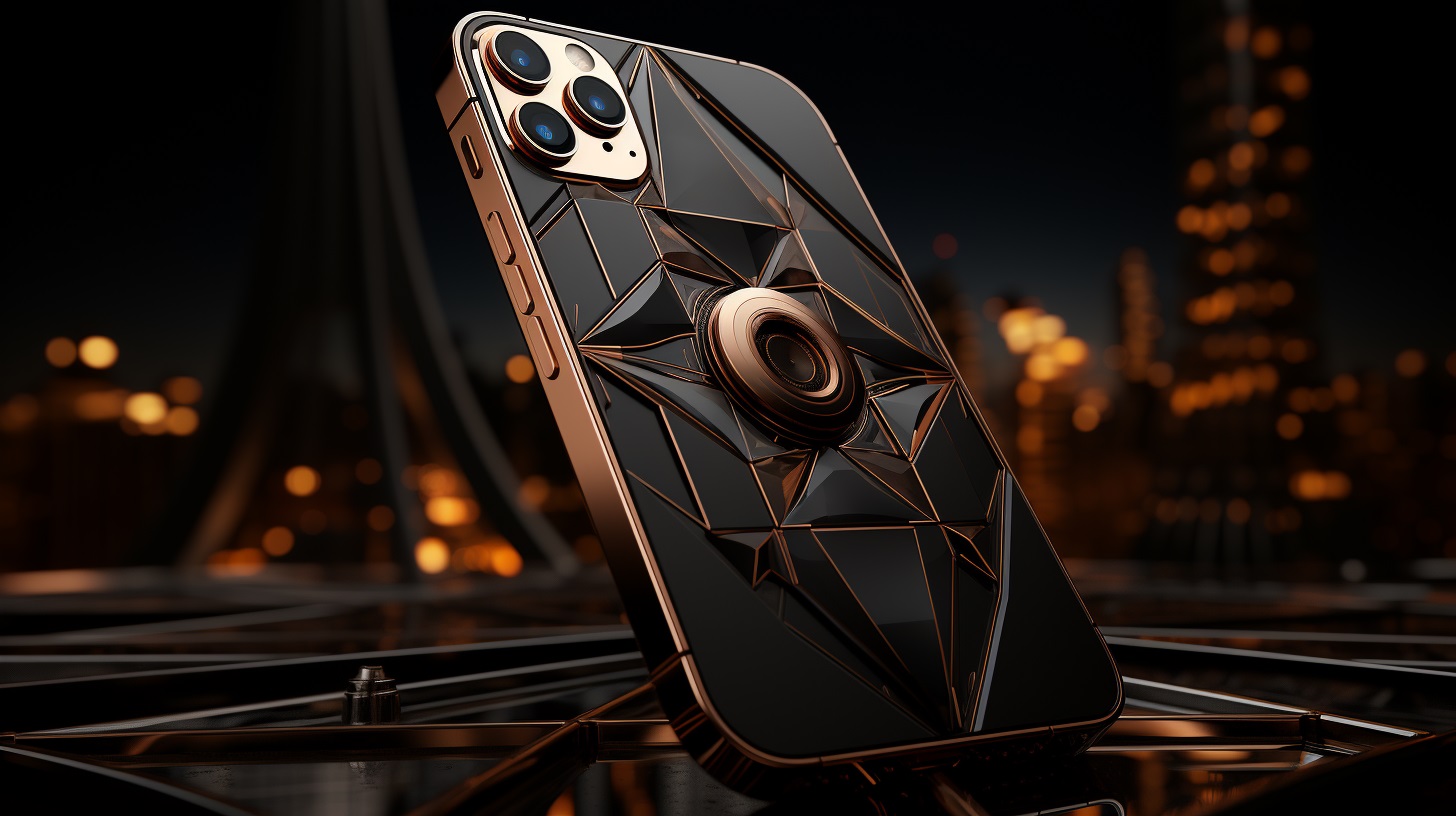Introduction
In recent years, the automotive industry has witnessed a remarkable transformation with the advent of self-driving technology. One of the pioneers in this field is Tesla, an innovative company renowned for its cutting-edge electric vehicles and advanced autonomous features. Among its groundbreaking developments is the Tesla Autopilot, a revolutionary driver-assistance system that is reshaping the future of driving. In this article, we will delve into the capabilities and features of Tesla Autopilot and explore how it is redefining the way we navigate the roads.
Understanding Tesla Autopilot
Tesla Autopilot is an advanced driver assistance system designed to enhance safety and convenience behind the wheel. It comes as a standard feature in all new Tesla vehicles, equipped with state-of-the-art hardware capable of providing autonomous capabilities through regular software updates [1]. By utilizing an array of sensors, cameras, and powerful vision processing, Tesla Autopilot offers an unparalleled level of situational awareness and assistance to drivers.
Advanced Sensor Coverage for Enhanced Safety
At the heart of Tesla Autopilot lies a sophisticated sensor suite, consisting of eight cameras and powerful vision processing capabilities. These sensors provide a 360-degree view of the surroundings, allowing the vehicle to detect and respond to potential hazards effectively. Here are the key components of Tesla’s sensor system [1]:
- Eight Cameras: The comprehensive camera setup offers exceptional visibility, with varying ranges for different perspectives.
- Narrow Forward Camera: Covers a maximum distance of 250 meters.
- Main Forward Camera: Covers a maximum distance of 150 meters.
- Wide Forward Camera: Covers a maximum distance of 60 meters.
- Forward Looking Side Cameras: Cover a maximum distance of 80 meters.
- Rear View Camera: Covers a maximum distance of 50 meters.
- Rearward Looking Side Cameras: Cover a maximum distance of 100 meters.
- Wide, Main, and Narrow Forward Cameras: These cameras, mounted behind the windshield, provide a broad field of view in front of the vehicle. They enable both long-range detection of distant objects and detailed analysis of obstacles and traffic lights in close proximity. Each camera serves a specific purpose:
- Wide: Equipped with a 120-degree fisheye lens, it captures traffic lights, objects at close range, and obstacles during low-speed maneuvering in urban areas.
- Main: Provides broad visibility and covers a wide range of use cases.
- Narrow: Offers a focused, long-range view of distant features, making it particularly useful during high-speed operations.
- Forward Looking Side Cameras: Positioned to look for vehicles unexpectedly entering the driver’s lane on highways and provide an added layer of safety when approaching intersections with limited visibility.
- Rearward Looking Side Cameras: Monitor the rear blind spots on both sides of the vehicle, ensuring safe lane changes and smooth merges into traffic.
- Rear View Camera: Traditionally used for backing up safely, the rear view camera now plays a vital role as part of the Autopilot hardware suite. Its enhanced optics contribute to complex parking maneuvers and improve overall situational awareness.
Unleashing Processing Power for Unprecedented Perception
To process and make sense of the vast amount of data collected by the sensors, Tesla utilizes its advanced Hardware 3 onboard computer. This powerful computer increases processing power by a staggering 40 times compared to the previous generation system. It runs Tesla’s proprietary neural network, forming the foundation for training and developing Autopilot. The neural net provides a comprehensive view of the world, enabling the vehicle to perceive its environment in ways beyond human capabilities. It sees in all directions simultaneously and utilizes wavelengths that go far beyond our natural senses [1].
Tesla Vision: Empowering Intelligent Analysis
Harnessing the capabilities of the sensor suite, each Tesla vehicle is equipped with Tesla Vision, a suite of vision processing tools developed by Tesla. Powered by deep neural networks, Tesla Vision deconstructs the vehicle’s environment, enabling precise object detection, classification, and analysis. By leveraging this advanced computer vision technology, Tesla Autopilot can accurately identify and respond to various elements on the road, including vehicles, pedestrians, traffic signs, and more.
Autopilot, Enhanced Autopilot, and Full Self-Driving Capability
Tesla offers different levels of autonomous features depending on the specific package. The available packages are Autopilot, Enhanced Autopilot, and Full Self-Driving Capability. Let’s take a closer look at each of these [2]:
- Autopilot: This package, included as a standard feature in all new Tesla vehicles, provides essential driver assistance features.
- Traffic-Aware Cruise Control: Matches the speed of your vehicle with the surrounding traffic.
- Autosteer: Assists in steering within clearly marked lanes, utilizing traffic-aware cruise control.
- Enhanced Autopilot: Building upon the features of Autopilot, Enhanced Autopilot offers additional capabilities.
- Navigate on Autopilot: Actively guides your vehicle from on-ramps to off-ramps, suggesting lane changes, navigating interchanges, and automatically engaging turn signals and exits.
- Auto Lane Change: Assists in safe lane changes on highways when Autosteer is engaged.
- Autopark: Helps automatically parallel or perpendicular park your vehicle with a single touch.
- Summon: Enables moving your vehicle in and out of tight spaces using the mobile app or key.
- Smart Summon: Allows your vehicle to navigate more complex environments and parking spaces, maneuvering around objects to find you in a parking lot.
- Full Self-Driving Capability: The pinnacle of Tesla’s autonomous offerings, Full Self-Driving Capability encompasses the functionality of Autopilot and Enhanced Autopilot, with the aim of achieving full autonomy in the future. While the currently enabled features do not make the vehicle fully autonomous, Tesla continues to refine and expand the capabilities of this package.
Continuous Improvement through Over-the-Air Updates
One of Tesla’s remarkable features is its ability to improve and upgrade its vehicles through over-the-air software updates. These updates not only enhance Autopilot, Enhanced Autopilot, and Full Self-Driving features but also introduce new functionalities, further advancing the driving experience. Tesla owners receive regular updates, with the frequency depending on their patch cycle. This ensures a diverse and adaptable electric vehicle fleet, resistant to single-bug failures [3].
Conclusion
Tesla Autopilot represents a significant leap forward in the realm of autonomous driving technology. With its advanced sensor suite, processing power, and intelligent analysis capabilities, Autopilot offers unparalleled safety and convenience on the roads. Tesla’s commitment to continuous improvement and over-the-air updates ensures that the Autopilot experience evolves and becomes even more refined over time. As Tesla leads the charge in shaping the future of mobility, their Autopilot system remains at the forefront of innovation, revolutionizing the way we drive and experience the open road.
















